Optimal Timing for Water Treatments
Water treatments are essential for maintaining water quality and safety in various settings, including residential, commercial, and industrial environments. Proper timing ensures optimal effectiveness and longevity of treatment systems. Factors influencing the best time for water treatments include seasonal changes, water usage patterns, and water source conditions.
Water treatments are often most effective when scheduled before seasonal changes, such as spring or fall, to address temperature fluctuations and water source variations.
High water usage periods, such as summer months, may require more frequent treatments to prevent buildup of contaminants and ensure water quality.
Treatments should be timed based on source water quality, with additional treatments during periods of heavy rainfall or drought to address potential contamination.
Aligning treatments with regular maintenance schedules helps maintain system efficiency and prevent issues like scaling or biofilm formation.
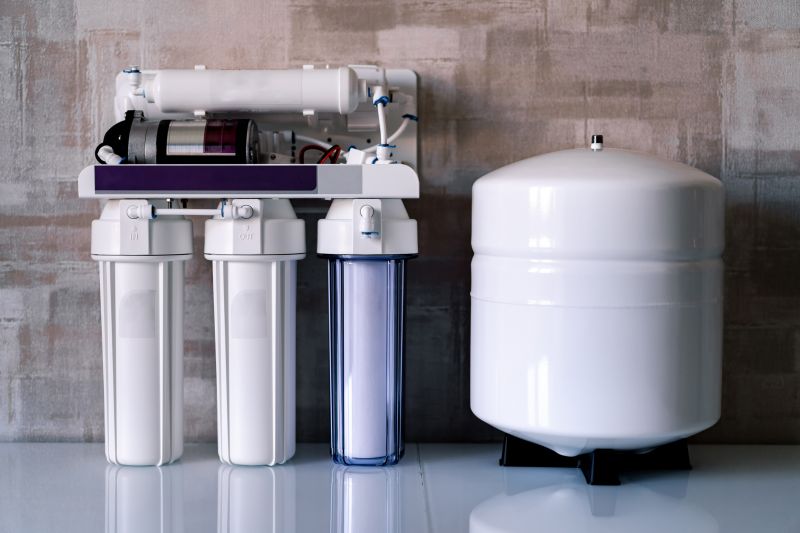
Advanced systems used for filtration and purification.
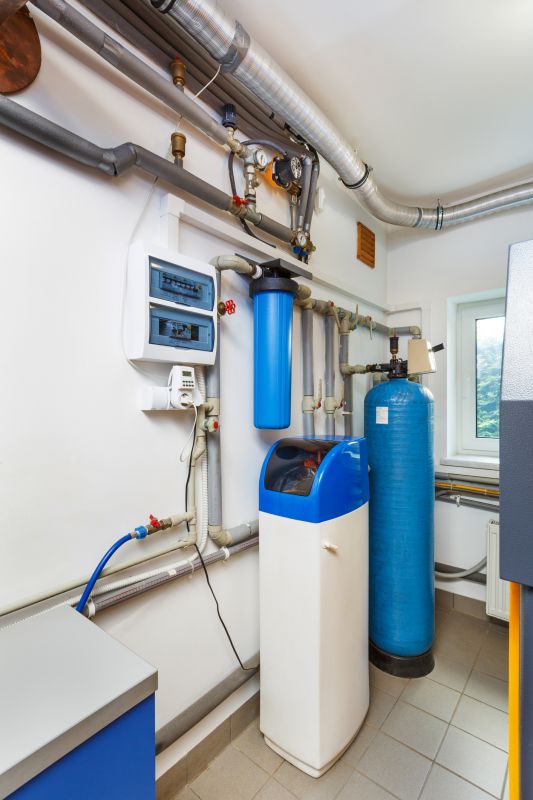
Regular testing to determine optimal treatment timing.

Steps involved in effective water treatment procedures.

Ways to make Water Treatments work in tight or awkward layouts.
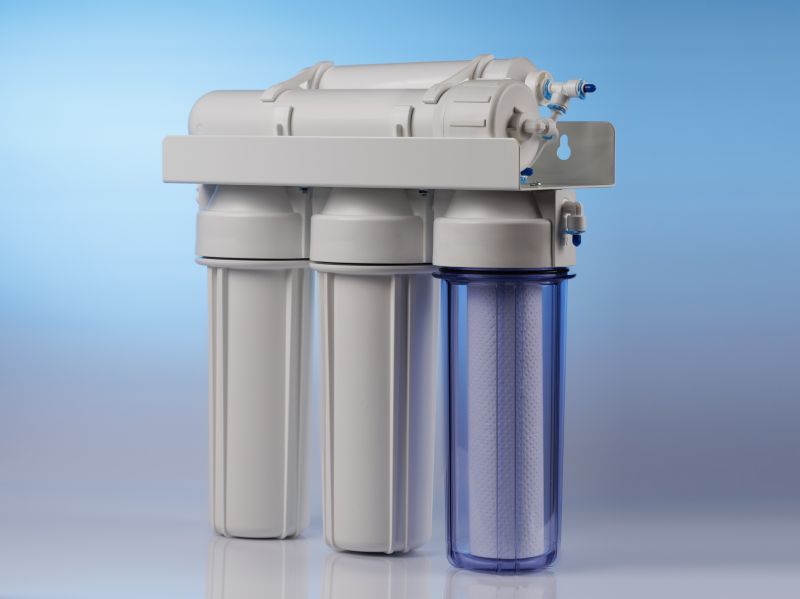
Popular materials for Water Treatments and why they hold up over time.

Simple add-ons that improve Water Treatments without blowing the budget.
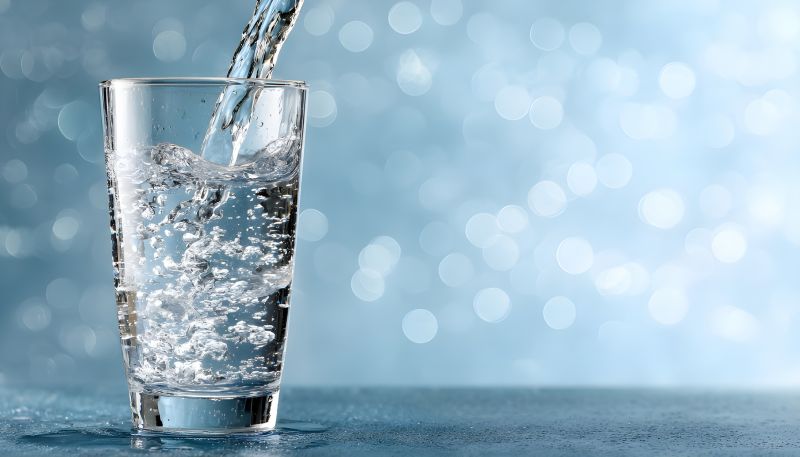
High-end options that actually feel worth it for Water Treatments.
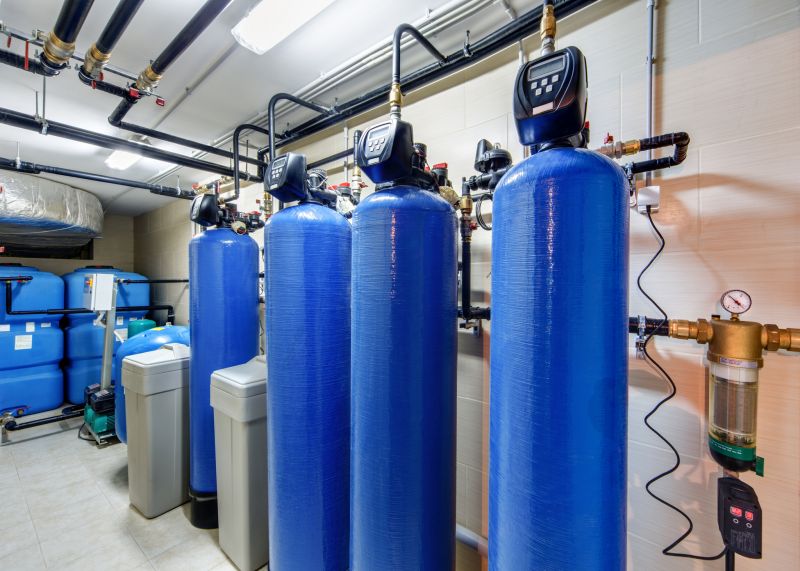
Finishes and colors that play nicely with Water Treatments.
| Factor | Best Timing |
|---|---|
| Seasonal Changes | Spring and fall before temperature shifts |
| Water Usage | Peak summer months |
| Source Water Quality | After heavy rainfall or drought |
| System Maintenance | Aligned with scheduled inspections |
| Regulatory Requirements | As per local compliance schedules |
| Temperature Fluctuations | Prior to temperature extremes |
| Contamination Risks | During periods of increased environmental risk |
Water treatments play a critical role in ensuring water safety, quality, and system efficiency. Regularly scheduled treatments can prevent the buildup of harmful contaminants, reduce scaling, and extend the lifespan of treatment equipment. Understanding the optimal timing based on environmental and usage factors helps maintain consistent water quality and compliance with health standards.
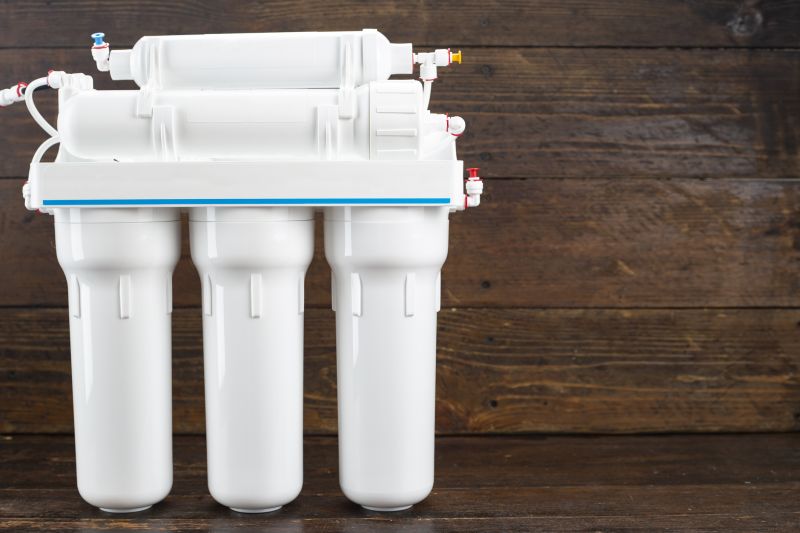
Effective removal of particulates and impurities.
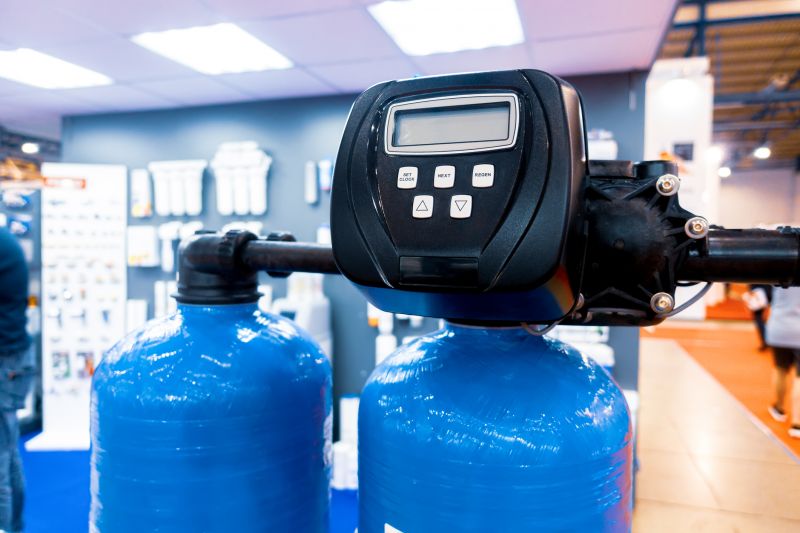
Use of disinfectants and pH adjusters.
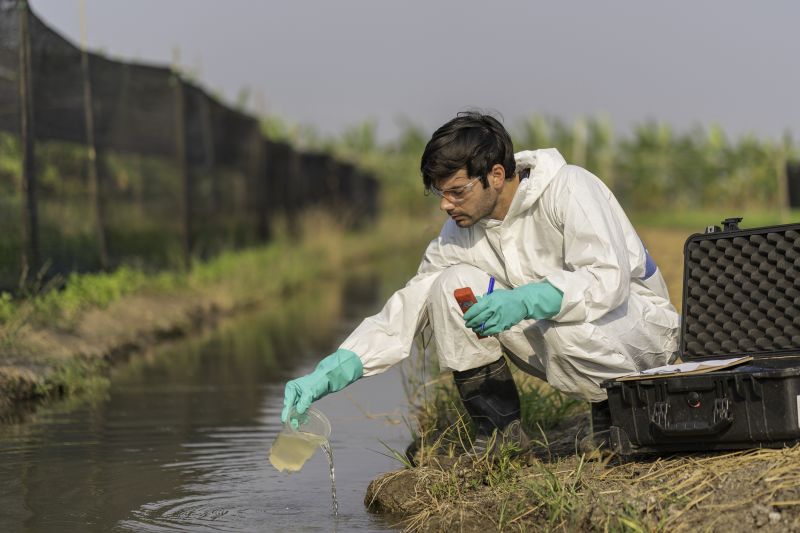
Facilities for analyzing water quality.
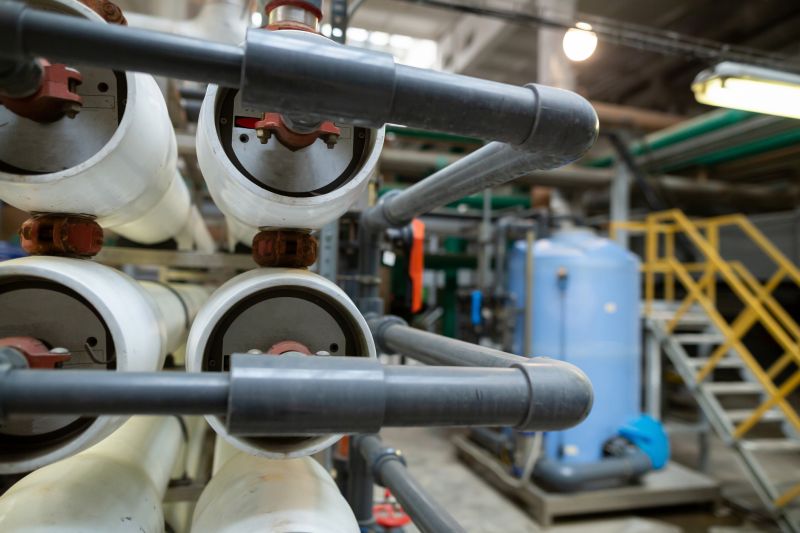
Precise chemical addition for treatment.
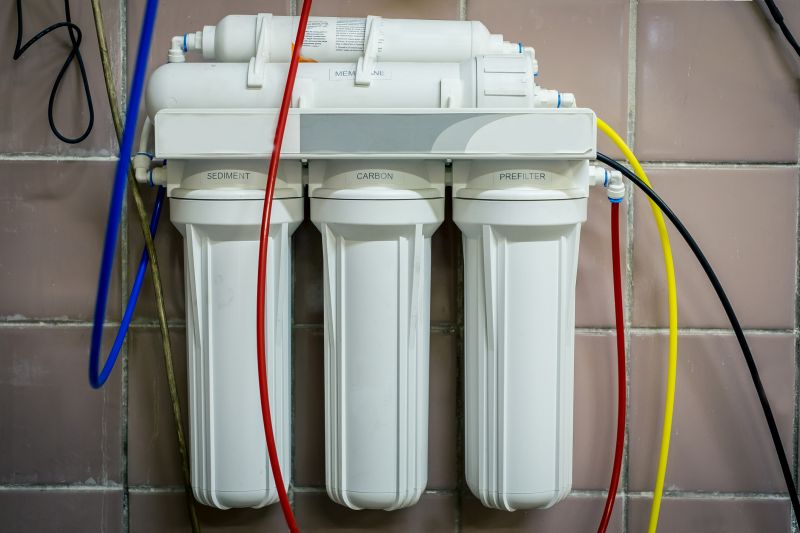
Natural and municipal water supplies.
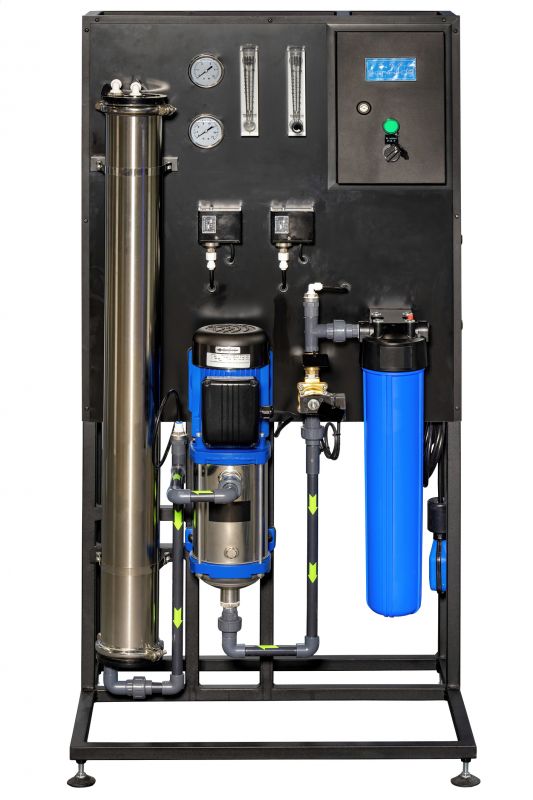
Pipes and pumps delivering treated water.
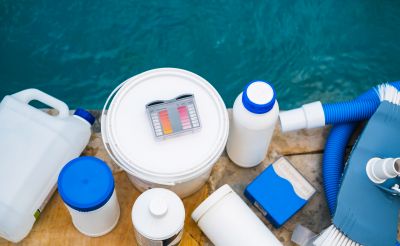
Tools for on-site water analysis.
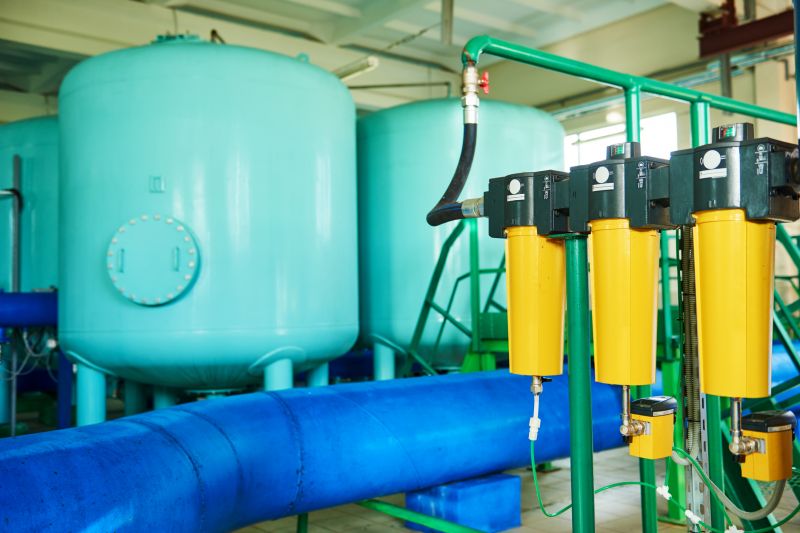
Facility for large-scale water treatment.
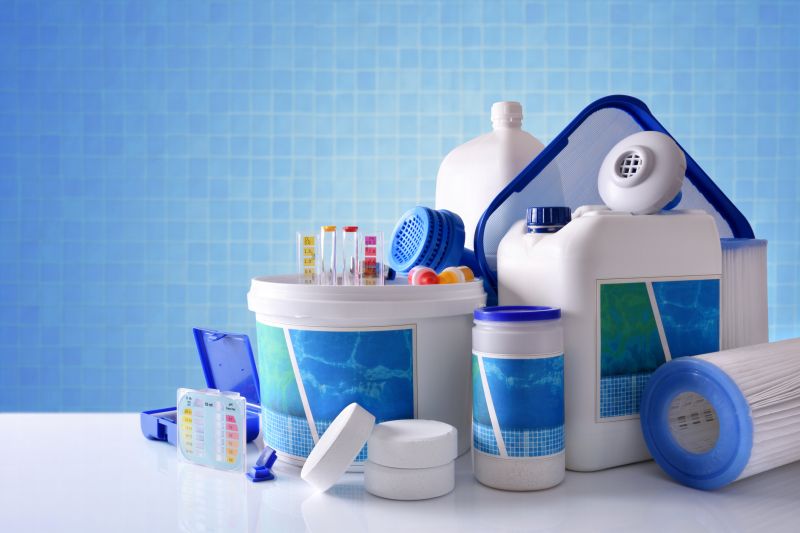
Proper storage of treatment chemicals.
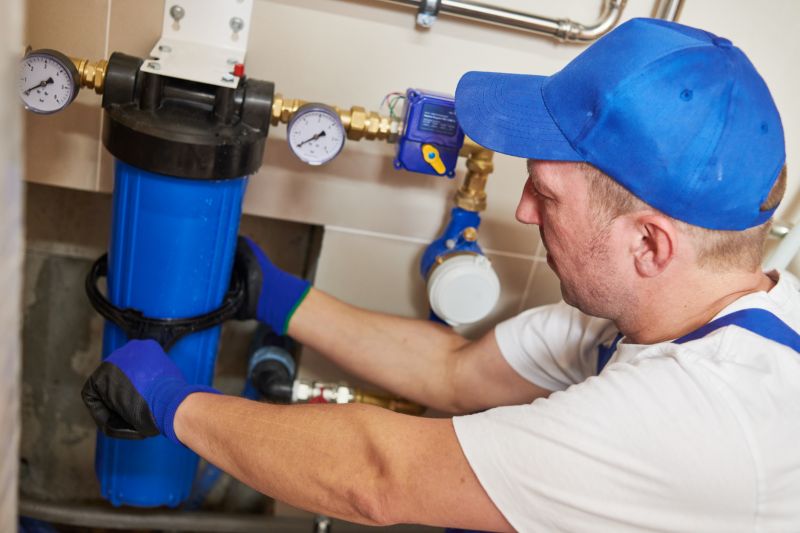
Real-time water quality sensors.

Little measurements that prevent headaches on Water Treatments day.

A 60-second routine that keeps Water Treatments looking new.
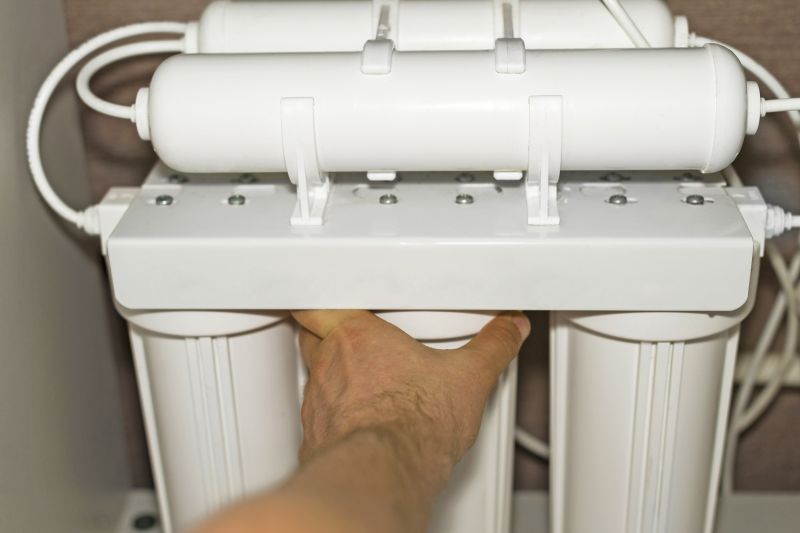
A frequent mistake in Water Treatments and how to dodge it.
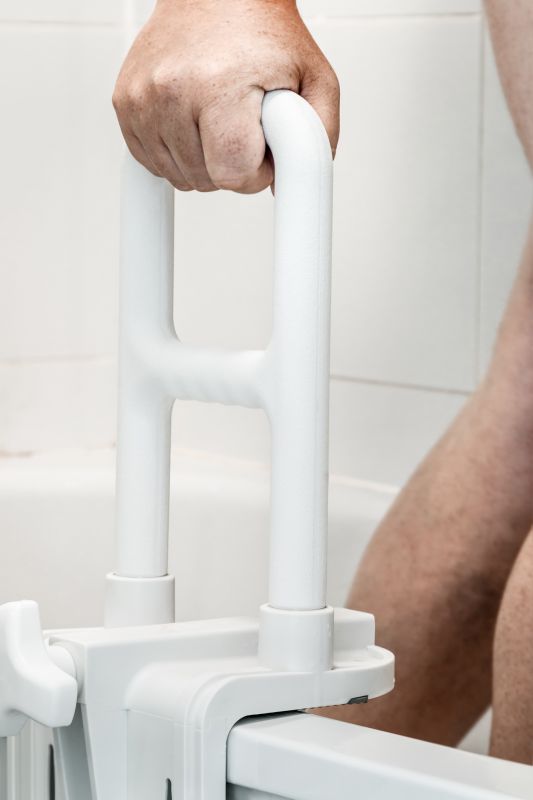
Small tweaks to make Water Treatments safer and easier to use.
Scheduling water treatments at appropriate times supports water safety and system longevity. Regular testing and monitoring enable timely interventions, reducing the risk of contamination and system failures. Proper timing also ensures compliance with health standards and optimizes treatment costs.
Interested in scheduling water treatments? Fill out the contact form for more information.


